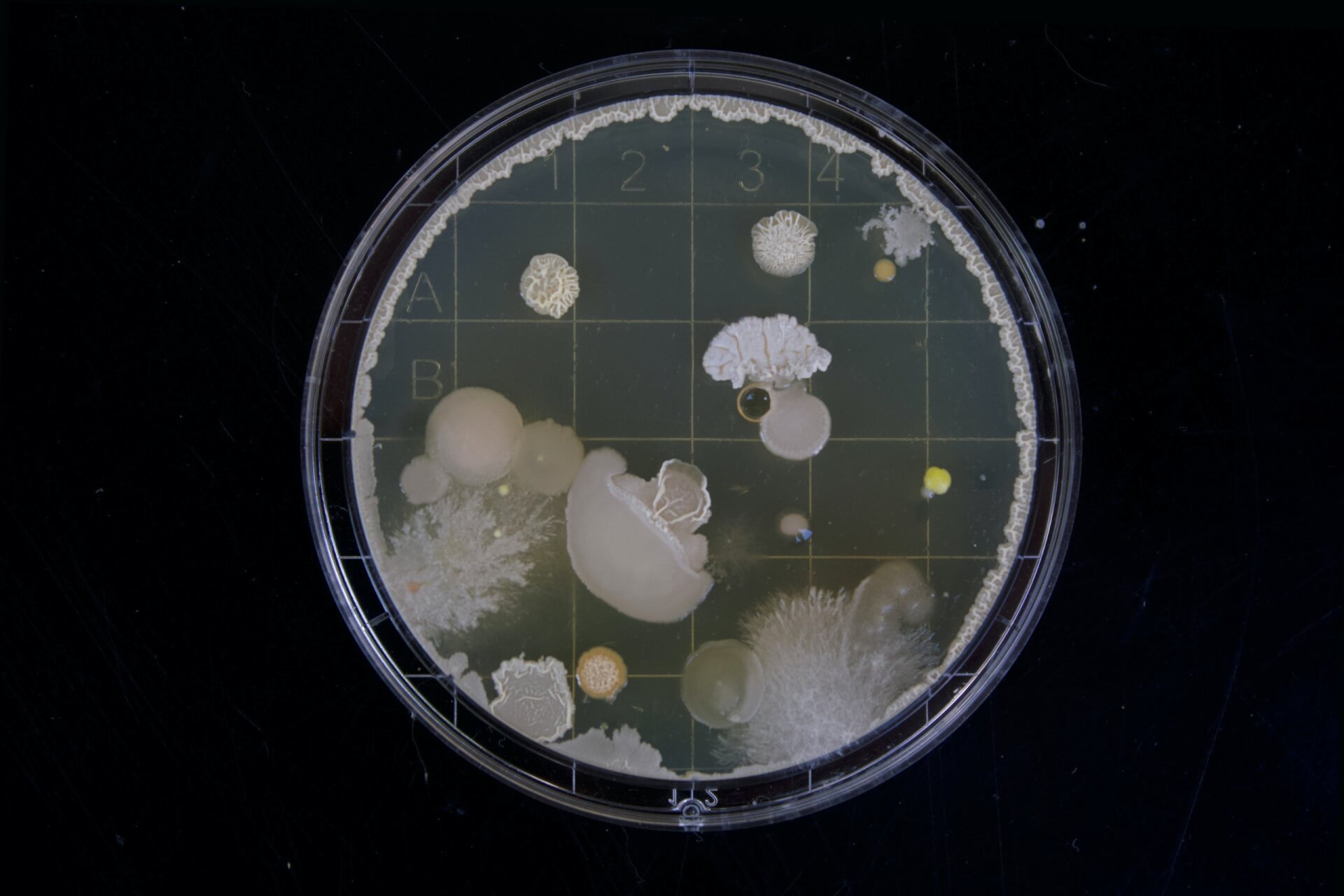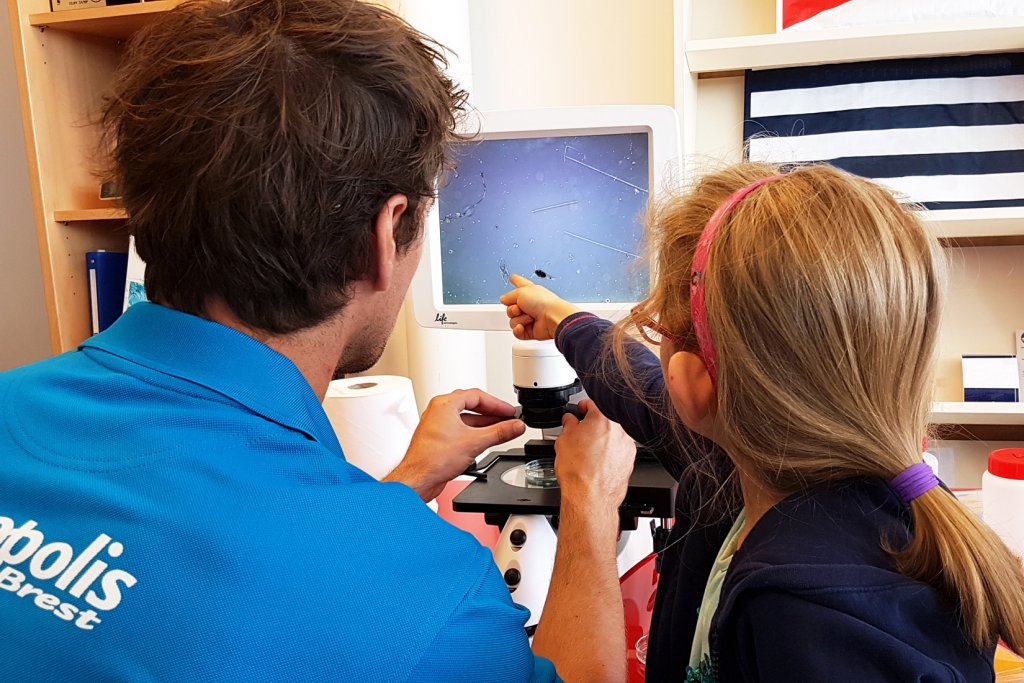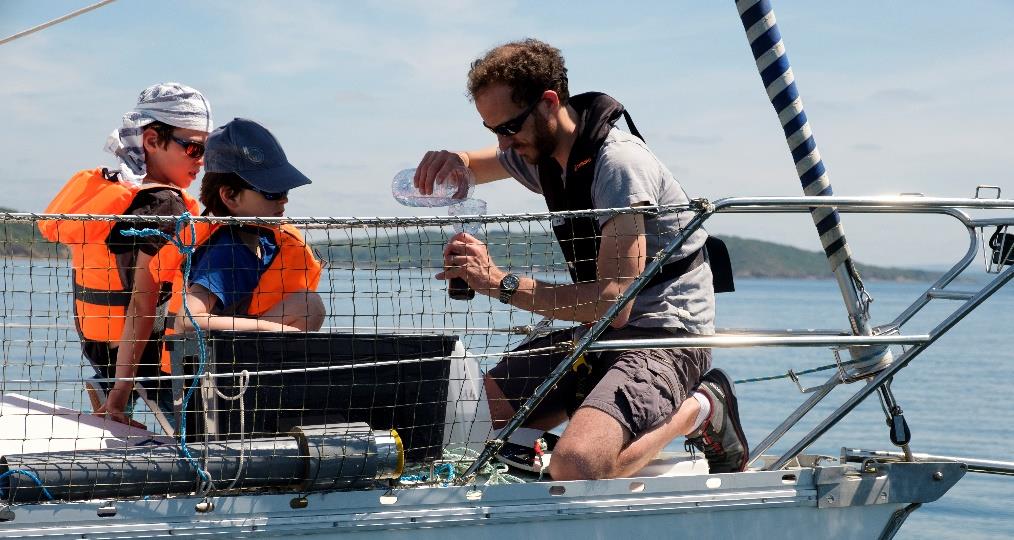
You probably know someone who’s passionate about birds: someone who can patiently remain silent for hours, recognize them by a glimpse of their feathers, distinguish their sounds and understand their habits. Some would call it a hobby, others a passion. And today an increasing number of scientists would call it useful, even essential.
Citizen science, community science, volunteer monitoring, or public participation in scientific research: all these names stand for a growing societal phenomenon that connects the sciences with the public. More people now aim to get involved in scientific advances, especially with regards to understanding biodiversity, starting with our bird-watchers. The programme “Seed preference test” (SPT) conducted by the Cornell Laboratory of Ornithology in 1993 set the inauguration of the National Science Experiments (NSEs) in the United States, and was the first transnational scientific programme involving the public. Hundreds of participants across the United States helped gather data and observations on common bird-seed-consumption trends. The programme aimed at certain conditions, with participants following a specific protocol, and showed that regularity of involvement, as well as the reliability of the collected data, were the main obstacles for such experiments. What happens when the public mingles with science, and what does cooperation between scientists and wider society bring for science and for society?
Since the 20th century, a new relation between scientists and society has emerged, combined with an expansion of the internet as a vector of knowledge spread and production, and the “Anthropocene” era when most human activities cause deep environmental changes.
Historically taking place in the background to scientific discoveries, citizen science has taken many forms. From plant-collecting habits to major shifts in understanding biodiversity patterns, it has led the wider public to involve themselves in scientific processes. The French National Museum of Natural History, for instance, launched the national programme Vigie Nature to connect citizens all around the country with scientific researchers, and their needs for nature observation and data collection. Guillaume Lecointre, President of the Museum, says there is no better feeling for a scientist than “getting fellow citizens onboard with science.”
From this perspective, participatory sciences are defined from the point of view of the publics involved and the nature of their relationship, as “forms of production of scientific knowledge in which non-professional-scientist actors – whether individuals or groups – participate in an active and deliberate way”. Participation is either an initiative of the public involved or results from a request from the scientific community. In our contemporary globalized and climate-impacted world, this method is gaining attention. Involving groups of citizens in the scientific process is now essential for accessing more diverse information and speeding up the pace of scientific data elaboration. Moreover, it connects society with science and initiates the so-called democratization of knowledge, favourable to social progress. Nevertheless, these methods can imply a number of constraints and complications, and are not always reliable. Proper scientific mediation is necessary to ensure the validity and coherence of the process.

The majority of citizen science projects use online resources to ensure maximum participation, but others involve people present onsite. Citizens may solicit researchers’ help, for example to assist them in defining research protocols or analysing results, as has been shown in the field of biodiversity like comparing tracks or reporting a species’ change of behaviour. Since 2019 Océanopolis, the French national centre for ocean scientific culture, has been leading a strong citizen science programme: Objectif Plancton (Plankton goal). Céline Liret, its science director, states that the programme not only benefits from the participants’ help – it would simply not exist without it. The project focuses on analysis of the state of coastal plankton, as it suffers from various natural and anthropogenic disturbances. Plankton is absolutely essential to life on Earth and at sea, representing 95% of marine biomass, and producing 50% of the oxygen in the air we breathe. It is also at the first level of the food chain. The erosion of this biodiversity has considerable consequences for the global ecosystem.
“What makes the project interesting is that it involves these citizens who exchange with the scientists and who understand what is going on in an environment that they love.”
Céline Liret
The programme is conducted with 29 boats simultaneously collecting water samples across three different sites (Brest, Concarneau and Lorient, all in Brittany in north-western France). Among the volunteers are boat owners, students, lifeguards, and residents. Their help has given scientists the chance to do simultaneous sampling in different places, something previously impossible. Provided with a clear protocol and accompanied by students, volunteers calculate the water temperature, its pH, salinity, turbidity, the presence of chlorophyll A, and nutritive salts. They describe the phytoplankton taxonomy, and make an inventory of ‘ichthyoplankton’, or toxic microalgae. Results show a variability in space and time of the planktonic life, correlated with the salinity and temperature. With their own experience of the sites and reflections, boat-owners come to enrich the reflection to advance the analyses and results. Océanopolis coordinates the project with l’Institut Universitaire Européen de la Mer (IUEM) and Ifremer. This outreach between scientists and citizens described by Céline Liret ensures the stability and success of this process.
“The scientific mediation component is essential because it motivates the community. There would have been a loss of momentum in the long term if there had not been scientific mediation between the two parties. With it, people remain involved and motivated. Major coordination is essential, and that’s the role of Océanopolis. The places and roles of each party are clearly defined, which is the strength of the project.”
Céline Liret
Another site is about to open in the Saguenay Fjord in Quebec, holding promise for this project’s international expansion.

Whilst the democratization of scientific knowledge by science is globally expanding and becoming increasingly known, the involvement of citizens is not yet well documented. Professor in sociology and communication Florence Millerand explores the various forms taken by citizen science, participants’ motives, the relation between science and society, and perceptions of science citizen engagement in the article “Citizen participation in participatory sciences: forms and figures of commitment”. Beyond what science gains from citizen science, it shows what society receives: knowledge, new skills and understanding of scientific matters. From the casual volunteer, to the committed hobbyist, and through the “amateur” scientist, degrees of experience and expertise vary. Millerand says “participatory research can not only provide means to extend the activity of scientific reflection in all populations, but also allow to think differently about the dominant paradigms in research, and to propose other grounds and other objectives to reconstruct it and link it directly to the global interests of societies. They thus enrich both science and democracy.” Citizens being embedded in their local societies are able to produce innovative processes, more connected with reality on the ground. Céline Liret explains that boat owners engage for their own benefit and the satisfaction and pride of contributing to the project, the sense of community behind it, and so on:
“It is necessary to keep the community engaged, to provide feedback from the scientists, to explain and share the results. With good mediation, users and participants feel proud of the project and are encouraged to stay involved. Originally, we thought that the volunteers came to take part in a cause, but in fact it is above all the pleasure of doing this collective work, the satisfaction of gaining skills, of understanding the scientific results: people collect but also give their hypotheses and suggestions. There are also exchanges between students and boat owners. Today, we have a waiting list to become a participant!”
Céline Liret
Nevertheless, some obstacles to these processes need to be thought through. Trumbull and al.’s work on bird-watching citizen involvement and the seed preference test showed that the people who tend to get involved in participatory science are older and more educated than the average population, and most are already interested in science. Problems encountered included incorrect procedures during participation, experiments not conducted fully, loss of interest, changes of lives and a lack of data.

The recent COP15 meeting ended with an agreement on 30% of terrestrial and marine ecosystem protection by 2030 from all the involved parties. How can citizen science initiatives help pursue this new objective?
The example of Objectif Plancton provides inspiration for a citizen-led initiative that should be promoted and expanded.
Other biodiversity programmes are growing internationally, such as the Tela Botanica web portal (a collaborative network of botanists), the FloraQuebeca collective (a naturalist association for the protection of the flora), or eButterfly (a web platform for butterfly observation). The mass survey project Walrus from Space, initiated by WWF, enables “the crowd” to spot walrus populations on Earth thanks to very high resolution (VHR) satellites. All rely on citizens’ participation in data contribution activities and resource creation: the identification of specimens or information transcriptions from images and so on. You can also find several initiatives on the National Geographic website or on government platforms.
These initiatives ought to gain consideration in decision-making and, as COP15 is expected to initiate a real shift in how we protect nature, the participation of society should be welcomed on board to achieve such goals. Scientific mediation needs to create and maintain this link.
Participatory research highlights a contradiction between the way research operates, the dominant paradigms and the interests and needs of the populations… and of the researchers themselves. As a specialized body, often dispossessed of the very orientations of their research, pressured by the “publish or perish” syndrome or victims of a form of Taylorization of research, researchers have everything to gain by opening up their practices to the needs of the populations in which they work.
Image by Michael Schiffer – Unsplash